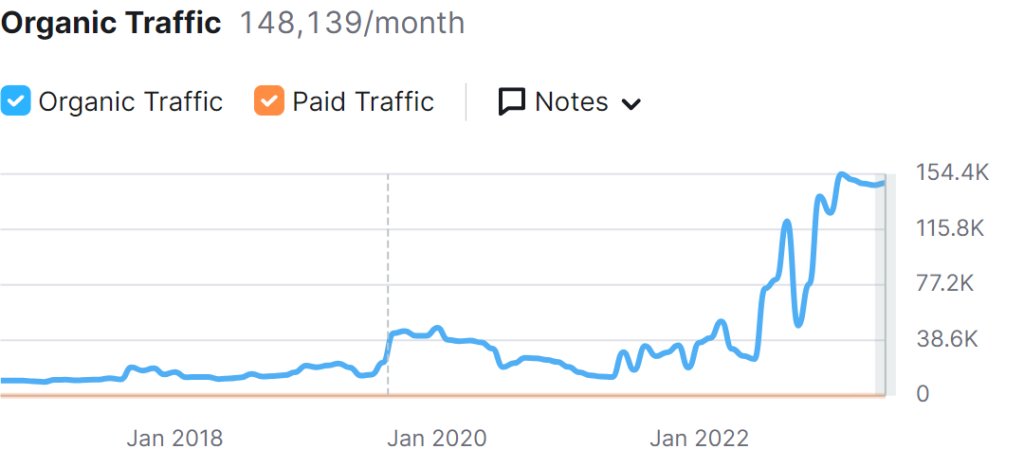Did you know that around half of the online searches for local businesses are from people nearby? When your business caters to these local searches, it not only helps with local SEO but also makes you more visible in local search results. In this case study, we’ll explore how separate location pages elevated a fitness center chain’s local SEO game.
Business Type:
A small chain of fitness centers with multiple locations in a mid-sized province. The fitness center chain has been operating for several years and has gained a solid customer base. However, they have recently expanded and now have four locations across the province.
The Challenge:
The fitness center chain wanted to increase their online visibility, boost customer engagement, and drive more foot traffic to their newly opened locations.
The Solution:
As their dedicated SEO person, I proposed creating separate location pages for each of their fitness centers. Here’s how I implemented this strategy:
1. Improved Local SEO:
I understood the importance of local SEO for their business. By creating individual location pages, I could optimize each one with location-specific keywords, ensuring that they appeared in local search results when potential customers were searching for fitness centers in specific neighborhoods.
2. More Visibility:
To take advantage of the “near me” searches, I advised their content writers to optimize the content on each location page to include phrases like “fitness center near me” and “gym in [neighborhood].” This increased their visibility in local search results, making it easier for potential customers to find and visit their fitness centers.
I created a couple of pages for different cities and targeted the following keyword variations. I advised them to use the same template for every page but with different images for the background and of course, unique content for each page.
I also advised their outreach team to contact fitness bloggers and influencers in order to seek backlinks using the specific anchor texts I provided.
I made sure to use anchors very carefully because in Google’s eyes, too many anchors like this can appear unnatural. However, we did so with a solid setup because these articles were genuinely providing value to the users. Following is an example of the keyword variations we targeted.
- [city] fitness center gyms in [neighborhood]
- fitness classes near [landmark]
- best workout facilities in [city]
- personal trainers in [city]
- fitness centers with [specific feature]
- [city] gym memberships
- [city] health and wellness center
3. Enhanced Customer Connections:
Each location page was designed to provide a unique and personalized experience for visitors. I included details about the facilities, trainers, and special offers available at each location. High-quality images and videos showcased the unique aspects of each fitness center, giving potential customers a virtual tour.
I took on the project in February 2022, and we began to see positive results around October. Initially, after placing links, we experienced a slight dip for about a month because I recommended changing the URL structure of some pages. However, after that adjustment, our rankings improved significantly, and the site took off.

Results:
The site manages to average around 80,000 visitors per month. Of that amount, about 68% of the traffic comes to the informative articles we post in the blog section. However, we manage to convert some of the traffic by placing strong CTAs such as offering promotions, etc. The rest of the traffic comes from purchase intent keywords, like ‘near me’ keywords.
- Improved Rankings: Within 6 months of implementing the location pages, the fitness centers saw a significant improvement in their rankings in local search results. They consistently appeared in the top three results for relevant keywords in each location.
- Increased Foot Traffic: The “near me” optimization led to a notable increase in foot traffic. Over 30% of website visitors came from purchase intent local searches, resulting in a higher number of memberships sold at each location.
- Enhanced Customer Engagement: The personalized content on location pages led to higher engagement rates. Visitors spent more time exploring the facilities and special offers, increasing the likelihood of conversion.
In summary, by creating separate location pages, not only improved the fitness center chain’s local SEO but also increased their visibility, engagement, and foot traffic. This SEO strategy successfully catered to the growing trend of “near me” searches, resulting in a boost in business for each location.




